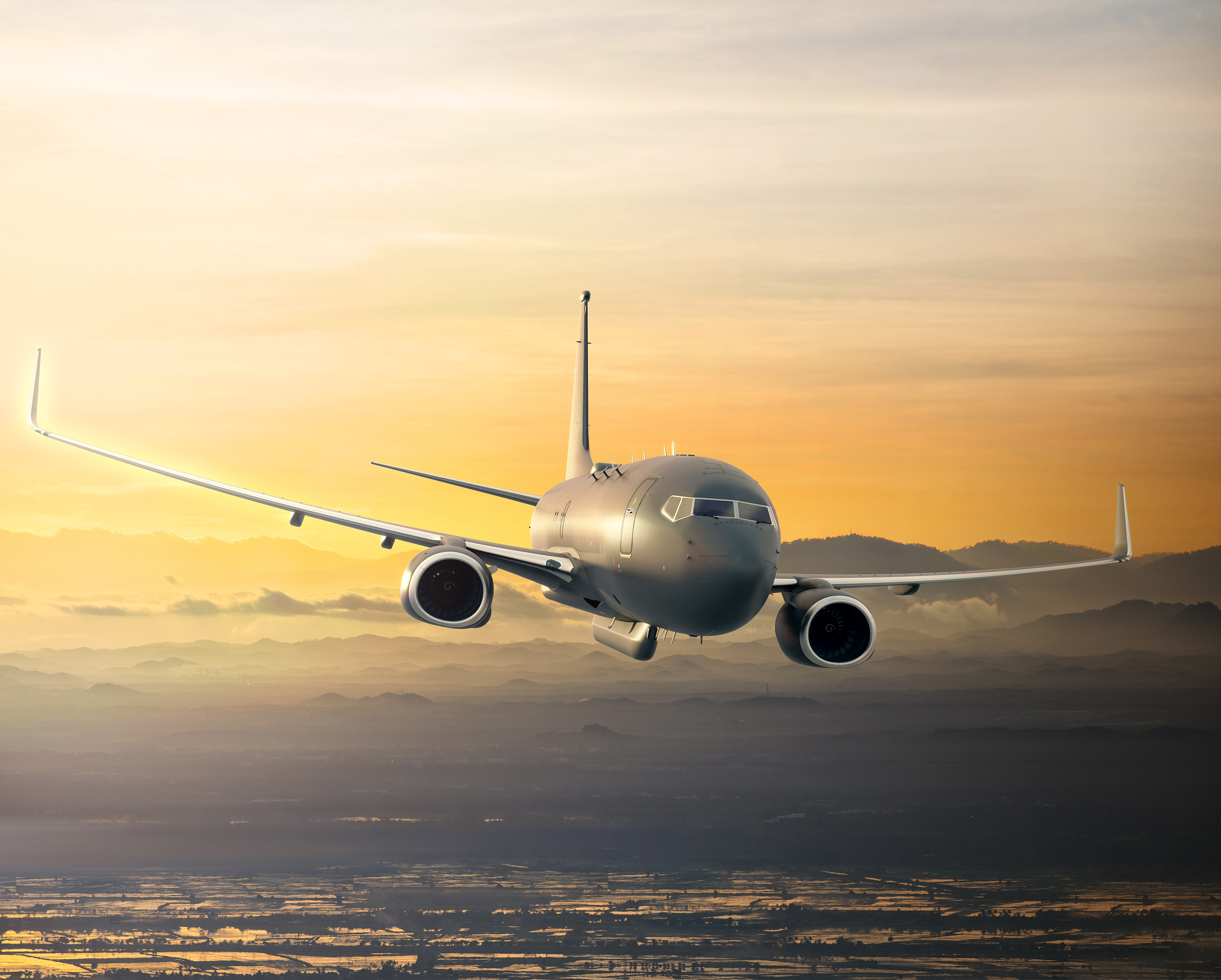
An artist's rendering of Boeing’s offering for the US Air Force JSTARS recapitalization. Boeing photo.
Boeing’s entry for the JSTARS recapitalization program—a modified version of its 737-700 business jet—demonstrates the necessity of using a manned platform to meet the Air Force’s airborne surveillance and battle management mission, Rodney Meranda told reporters Wednesday.
A new JSTARS offers “something an unmanned platform can’t do,” said Meranda, Boeing’s JSTARS capture team lead. That advantage, he said, comes in the form of wider sensor views, real-time surveillance, bigger payloads, and cost savings.
Boeing is preparing its business jet offering for a program whose trajectory has recently been questioned. The Air Force released a final request for proposal for the JSTARS replacement program at the end of 2016, and Meranda said he expects the service to award an engineering and manufacturing development contract by March 2018. Northrop Grumman, Lockheed Martin, and Boeing have each completed an 11-month technology maturation phase.
But the Department of Defense may be working on a new analysis of alternatives (AOA) for replacing the aging E-8 JSTARS system, according to a Sept. 8 letter to Secretary of Defense Jim Mattis from five members of Georgia’s congressional delegation. The 116th Air Control Wing at Robins AFB, Ga., operates all 16 of the Air Force’s current JSTARS fleet, and the lawmakers said they were worried about a possible “capability gap” related to any further program delay.
On Tuesday, Sens. Johnny Isakson (R-Ga.) and David Perdue (R-Ga.) also submitted an amendment to the 2018 National Defense Authorization Act forbidding the Air Force from prematurely retiring the older JSTARS aircraft. “It’s extremely concerning that the Air Force is considering ending this critical program without a plan to avoid a potential extended capability gap,” said Isakson in a press release,
The service does not see it that way.
“The Air Force remains in source selection for a follow-on to JSTARS,” Air Force spokeswoman Ann Stefanik told Aviation Week on Tuesday, and she said the service also continues to “evaluate alternative approaches for battlefield command and control that could be more effective in high-threat environments.” Such an approach would be consistent with the service’s Advanced Battle Management System (ABMS) AOA announced in its 2030 Air Superiority Flight Plan.
In May 2016, that Flight Plan warned that “the increasing lethality and reach of adversary weapons will significantly increase the risk to large BMC2 platforms,” like JSTARS. Because of the potential danger to such aircraft flying in contested airspace, the Flight Plan said “the Air Force should develop concepts that disaggregate this capability using multiple sensor platforms, including teamed manned and unmanned systems.”
Despite real challenges related to flying in contested airspace, Meranda said there is no match for a manned JSTARS replacement. The 737-700 has a maximum payload of 49,000 pounds, compared to only 4,000 for the most likely unmanned alternative, the RQ-4 Global Hawk block 40, Meranda said. The JSTARS wide area surveillance radar also provides a much broader view of ground battlespace. It would take six to eight Global Hawks working together to achieve the same width of view as one JSTARS, Meranda said.
A manned platform like JSTARS also provides “real-time” data in a way that unmanned platforms cannot replicate, Meranda said. With data gathered by an RQ-4, “somebody on the ground has to prosecute that,” he said. Then the analysis must be sent back up to an AWACS aircraft, which then has to identify another air asset to strike the target. “That’s a lot of capability,” Meranda said, which will get more “expensive,” and in this elaborate BMC2 chain, “there is nobody doing anything with the information real-time.”
Boeing’s JSTARS entry will also have 360kVa engines, which will provide more than enough power to operate its broad assortment of surveillance, communications, and control equipment, and will meet the Air Force’s requirement to maintain a “10 percent margin for growth” in bringing new capabilities onboard down the road, Meranda said.
With its refueling capacity, Boeing’s 737-700 will be able to sustain sorties up to 23 hours long, and in its largest configuration, it can carry 23 total personnel, including the required 10 operators, along with extra maintainers and security personnel for operations in remote locations.
In general, however, Boeing’s business jet JSTARS would be “a very maintainable airplane,” Meranda said. “It doesn’t break down as much as a smaller jet,” and could provide the service savings on maintenance costs.